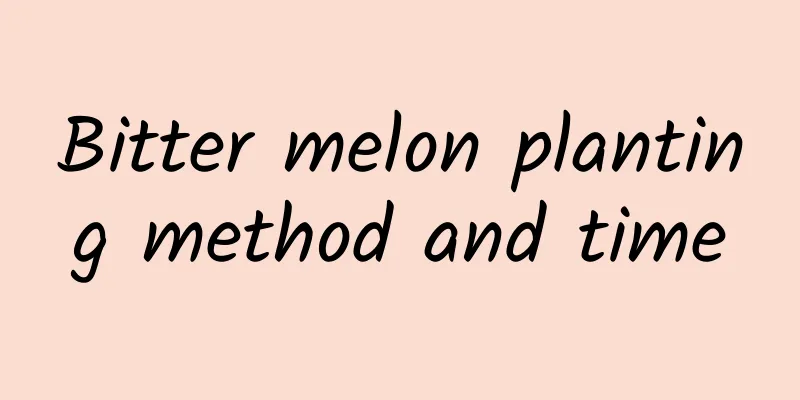How to cultivate Bletilla striata

1. Maintenance methods1. Temperature: Bletilla striata is suitable for growing in a warm environment. Under normal circumstances, the temperature suitable for its growth is around 20 degrees. Its cold resistance is very poor, so it is not recommended to grow it outdoors in winter. The ambient temperature must be kept above 5 degrees. If it is too low, it is easy to frostbite the stems of the plants, making them unable to grow better next year. Also pay attention to the high temperatures in summer. 2. Watering: The normal growth of Bletilla striata requires sufficient water, and the soil must be kept moist. If the soil is not moist enough, the plant will not grow well. However, there should be no accumulation of water. Drainage needs to be done well in the rainy season. However, watering should also be very frequent. Do not wait until the soil is completely dry before watering, as this will cause the plant to become dehydrated. 3. Light: Bletilla striata is shade-tolerant to a certain extent, but it is not suitable to stay in a dark environment for a long time. It needs to receive warm sunlight and at least six hours of light a day to ensure normal flowering and full fruit. However, try to reduce strong light exposure in summer. 4. Fertilization: For the normal growth of Bletilla striata, you can apply some thin liquid fertilizer, about once every half a month. It is not recommended to apply too heavy fertilizer each time, just let it absorb normally. It should be decided according to the specific growth conditions of the plant. 2. Breeding techniques1. Reproduction: Tubers are its main method of reproduction. Generally, you should choose healthy plants, then dig out the tubers of the mother plant and cut them into small pieces. Each piece must have tender shoots on it. Then when planting, you need to pay attention to exposing the tender shoots to the outside to ensure normal rooting. 2. Pruning: Bletilla striata grows relatively fast, so pruning is essential. Some branches and leaves that have no ornamental value need to be cut off to reduce nutrient loss. Annual plants should be pruned more carefully to cut off some wildly growing side branches. 3. Problem diagnosis and treatment1. Diseases: Root rot usually occurs when ventilation conditions are not met, so you need to pay attention to the spacing when planting. If the disease occurs, you can spray wettable powder to control it. 2. Pests: Cutworms may gnaw on its tubers, which can be eliminated using a dichlorvos solution. IV. Other issues1. Toxicity: It is non-toxic and has a very powerful beauty-enhancing effect, so you can raise it with confidence. 2. Can it be raised at home? Yes, but in order to ensure normal ventilation, the windows can be opened during the breeding process. |
Recommend
The difference between trumpet creeper and morning glory
1. Different varieties Trumpet creeper is a commo...
The role and value of white sandalwood
Medicinal value of white sandalwood Sandalwood ca...
Can iron tree seeds be planted?
Can iron tree seeds be planted? The seeds of the ...
Lithops Varieties
1. How many varieties are there? Lithops is a com...
Your balcony is not beautiful because you don't hang flowers.
1 Lipstick Chlorophytum The first thing Huahua wa...
Are peony flowers afraid of freezing?
1. Are you afraid of freezing? Peony is a plant w...
How does the five-color plum spend the winter
1. Wintering Methods The five-color plum is a par...
How many times a year does azalea bloom?
1. Bloom three times a year It usually blooms thr...
What is the best fertilizer for pomegranate?
Pomegranate fertilization time Pomegranates are g...
How to grow succulents
1. Prepare the soil When planting succulents, you...
What to do if Desert Rose leaves curl
The reason why the leaves of Desert Rose curl up ...
The efficacy and function of Ganoderma lucidum
Medicinal value Tumor suppression This is a Chine...
How to grow the weeping angel
1. Breeding methods: 1. Lighting: Many people und...
How often should I water my bluebells?
How often should I water my bluebells? In spring ...
The lucky bamboo in his family grew into a 9-story pagoda, which brought him great luck and wealth!
Pagoda shape: the most auspicious shape What is a...









